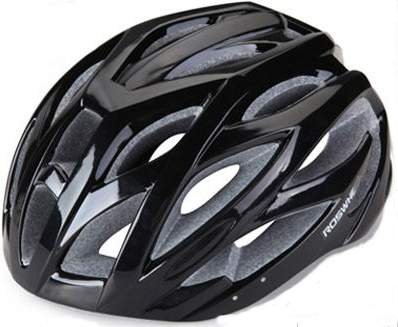
In countries with mandatory helmet laws, people opposed to helmet use regulation often go to great lengths to overturn the law. In New Zealand, for instance, a controversial report was recently published in the New Zealand Medical Journal claiming that forcing cyclists to wear helmets has resulted in 53 premature deaths per year and has halved the number of cyclists on the roads. The author, a UK cycle coach, utilized various cycling statistics sources to challenge the idea that the mandatory helmet law was the “best approach to promoting health and safety.”
As is usual in such cases, the report cited statistics about bicycle use and injury rates without considering other factors, besides helmets, that could be responsible for these numbers. For example, to support the claim of bicycle use having fallen 51 percent since the helmet law was passed, the report stated that from 1989 to 1990, before the law was implemented, the average New Zealander spent 11.4 hours per million cycling. 10 years later, New Zealanders spent only 5.6 hours per million on a bicycle.
Experts, who have been critical of the report, have pointed to other factors which may have contributed to this decline. Among them was the increased availability of cheap secondhand cars.
The report also blamed mandatory helmet use for causing 20 more cyclists to be injured per hour. These injures were supposedly a direct result of helmet use. This conclusion was drawn without looking at anything in the cycling environment beyond the increased use of helmets during that time.
Again, experts questioned this conclusion because other possible causes had not been investigated. One expert pointed to the increase in cars on the road since the law’s inception as another explanation for the increase in cyclist injuries.
The main argument upon which this entire report was founded was that mandatory helmet use was a detriment to public health. As we often see in positions held by those who don’t want the government to force people into what it sees as healthy or safety oriented behavior, the helmet requirement is cited as the main cause for a decrease in cycling. And, this decrease allegedly results in less healthy citizens.
It’s ironic to see people who purport to be concerned with health claiming that exposing one’s head to a higher risk of injury is the only way to promote a healthy lifestyle. This is disingenuous at best. Perhaps they should just be honest and say that many people don’t want to wear helmets, regardless of the risks involved.
Society is not “promoting healthy lifestyles” by encouraging risk taking behavior. However, forcing people to comply with safety requirements for what is often a recreational activity may, in fact, discourage the activity. This is particularly true for poorer cyclists who may not be able to afford to buy a helmet or to pay a fine if caught without a helmet. For such cyclists, the cost of the helmet law goes beyond inconvenience. It is a question of economics and may make bicycle use a bad choice for them.
What’s most troubling about the arguments claiming that helmets increase injuries or reduce public health is that the proponents of such views resort to publishing their “theories” in medical journals to give them credibility. If the same report was published in a bicycling magazine, no one would pay any attention to it. But, publishing it in a peer reviewed medical journal gives the appearance of having fulfilled rigorous research requirements prior to publication.
Allowing such reports into medical journals, without proper analysis of the report’s research methods, calls into question the quality of the other research published in these journals. One must ask oneself if the journals are as lax about research standards with respect to the medical papers which appear within their pages.
Most medical professionals see helmets as the best way to avoid head injuries and perceive them as saving lives. Perhaps the medical journals who publish controversial reports refuting these views are only giving equal time to the opposition. If so, they should make it clear that the opinions expressed in such reports are solely those of the author and have not been reviewed for accuracy by anyone qualified to make such determinations. Otherwise, they are lending credence to “research” which may or may not be valid, but which can easily be challenged by the use of statistical analysis and common sense.



